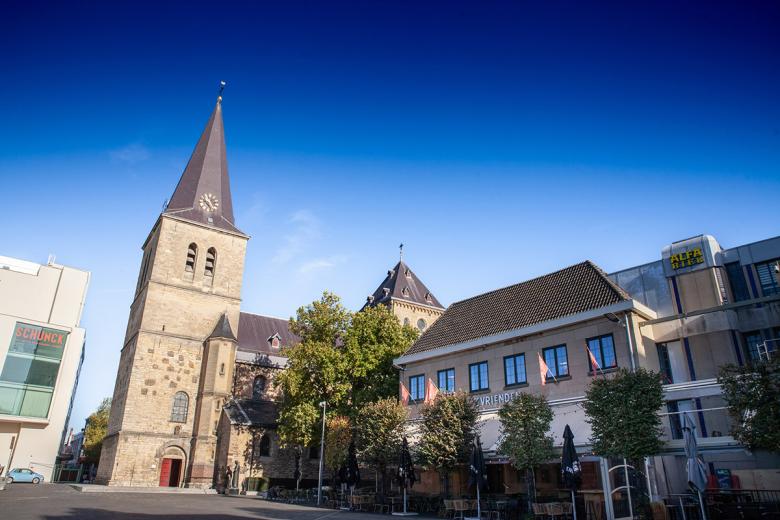Maastricht Science Programme brings collection of Natural History Museum Maastricht to life
Thursday 21 September Maastricht Science Programme (MSP) and Natural History Museum Maastricht signed the covenant, making their collaboration official. With this cooperation both parties want to stimulate scientific research into Maastricht’s natural history collections and ensure joint projects in the field of biology, geology and paleontology.
Interest for the city, students and the university
Maastricht University aims to connect the curriculum of MSP to the region. The museum and the ENCI-quarry are great opportunities to do so, as this collaboration will provide great opportunities to do research into the biology, geology and paleontology of the province of Limburg; and more specifically: the Maastrichtian era (72.1 to 66 million years ago).
The cooperation is beneficial for both MSP and the museum. Collections of the museum will become available for MSP students to do scientific research and come up with new, innovative displays, making the museum more attractive to a wider audience. Above that, visitors of the museum will get the opportunity to get more in-depth information and stories about the history of Limburg. This a great step in the direction set out by Education lab and Science lab: ‘You have to experience science!’
Limburg is the province of the Netherlands with the biggest biodiversity and the collection of the Natural History Museum holds a lot of information about this biodiversity. Research into nature and environment can be done in the fields today, but the great thing about the museum’s collection is that it can tell us what happened in the past. We can see changes over time, giving us new insights on the influence of climate change.
During the event MSP students showed what they already have done for the museum. They demonstrated the hologram display and the virtual reality goggles, both showcasing the Mosasuarus.
The students have been active for the museum before: during the ‘Museumnacht’ they have designed an exposition about animal parenting in the tropical rain forest. This was a teaser for the exposition: ‘Mama’.
"By bringing the collection of the museum ‘to life’ with new technology such as virtual reality, we are able to provide the visitor with a much more immersive experience. This is not only very appealing to kids, but also adults will really appreciate this."
- Dr. Roy Erkens (MSP lecturer)
"We’ve created an app that makes it possible to swim with the famous Mosasaurus with the help of 3D-goggles. This was quite a challenge, since we knew this technology existed, but we had no clue how to program this. But I am proud that we were able to figure it out, although the learning curve was pretty steep."
- Christian Stadelmann (MSP student)
"The students are helping to tell the story of Limburg, by revealing the collection in a new and exciting way; I wish we had done this much earlier!"
- John Jagt (Natural History Museum Maastricht)
Relevant links
Also read
-
Municipality of Heerlen, Parkstad Urban Region and UM invest 6 million in collaboration
Heerlen grants a one-time contribution of €1,478,050 to Maastricht University as part of the Regio Deal application ‘Fundament onder UM-onderwijs in Heerlen’. This amount comes from the Fonds Economische Structuurversterking (FES). The funding will help establish university education facilities in...

-
To Pluto in one day - Secondary school students present their research at UM
What happens when secondary school students get university-level supervision for their profielwerkstuk? At Maastricht University, students presented their impressive results. Curious how it works? Read the full story!

-
How I rely on my university-taught writing skills, now that I use ChatGPT as my daily assistant at work: perspective of a recent graduate
How does a recent graduate transition from using AI tools with caution at university to embracing them at work? In this article, Helen Frielingsdorf shares her experience of adapting to AI, particularly ChatGPT, in her professional life. She reflects on how the writing skills she developed at...



